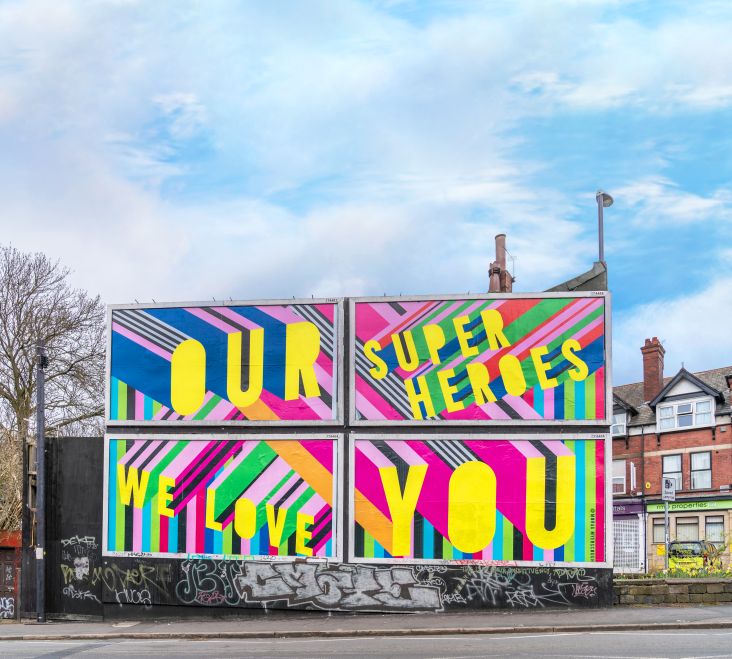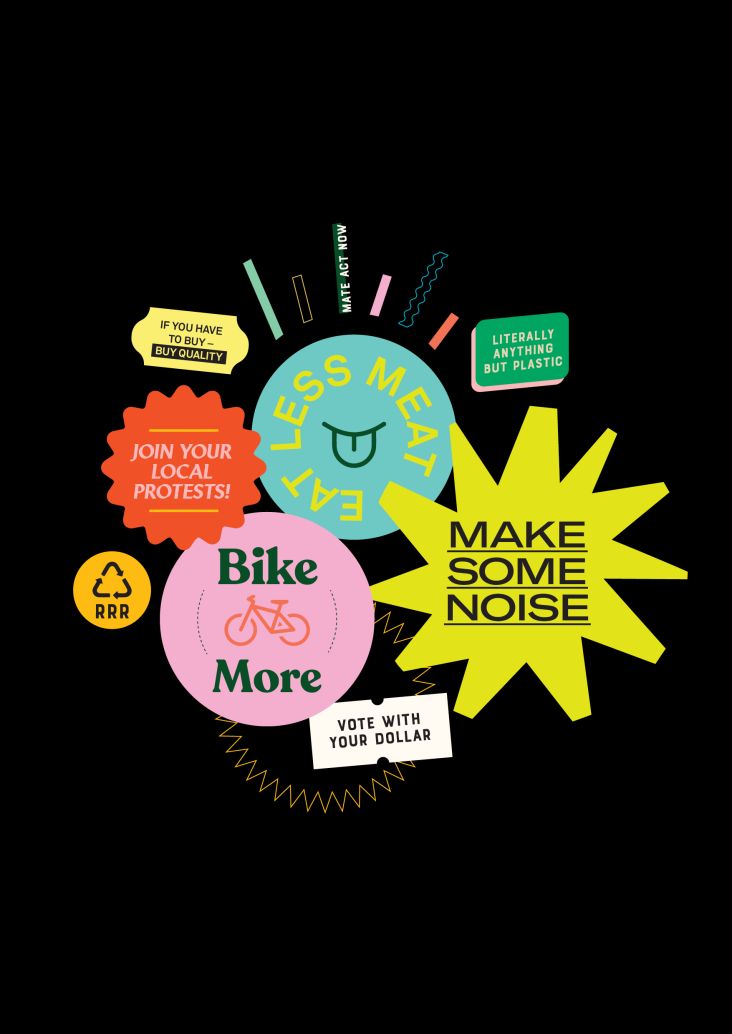San Francisco’s Letterform Archive now open to all for free
In a smart nod to our collective lack of seeing anything other than the contents of our increasingly depressing flats in a physical, 'oh-look-an-object' sense, San Francisco's Letterform Archive is now open to all online.
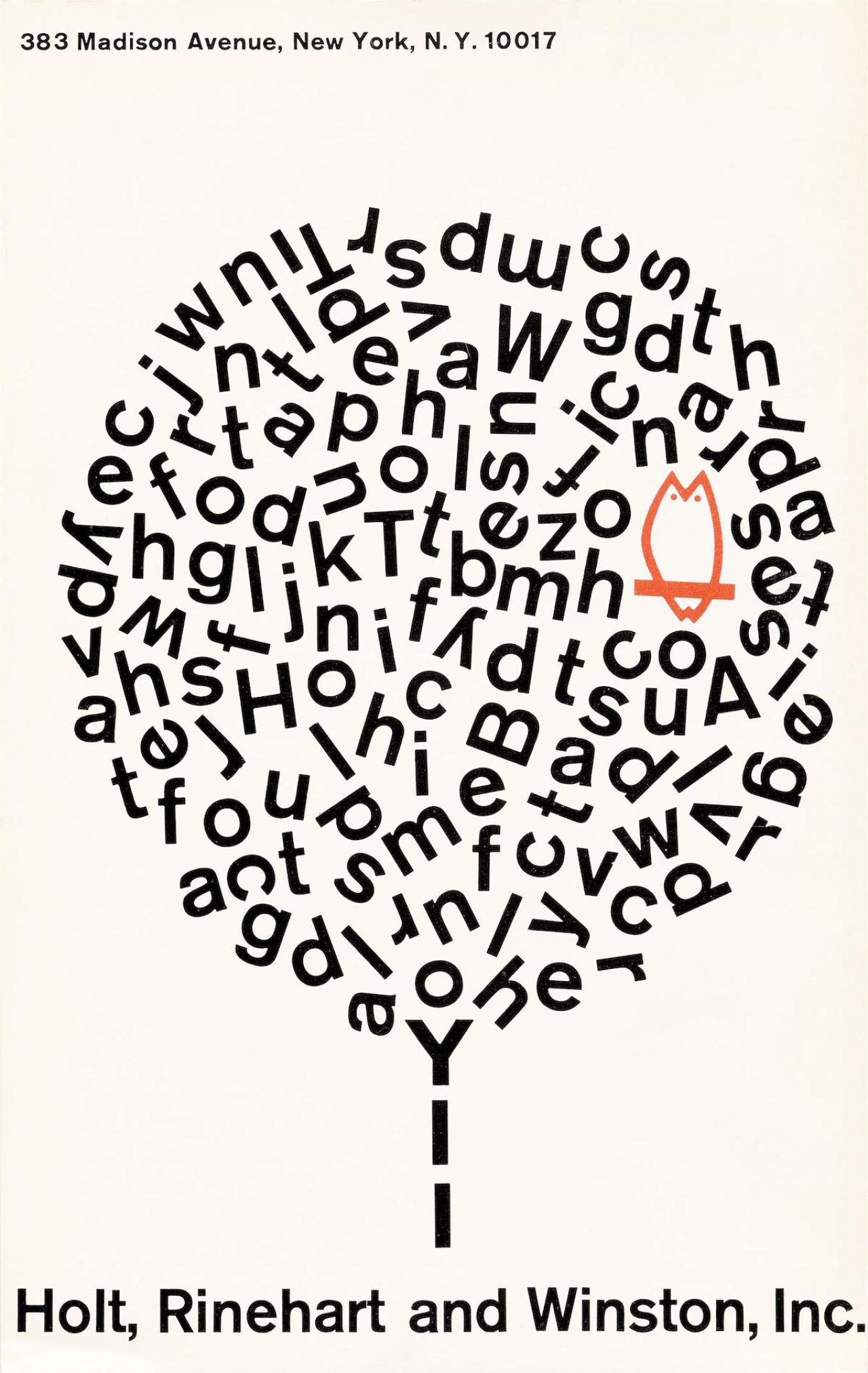
Lustig-Cohen
Letterform Archive's online platform comprises nearly 1,500 objects and 9,000 hi-fi images integral to the history of typography, graphic design, and written communication; and the new free resource is hoped to "provide a source of beautiful distraction and inspiration to all who love letters," says the archive.
This first trance of objects online is just a small chunk of the 60,000 objects housed at the Archive, and each can be zoomed in on and viewed from angles that wouldn't even be possibly seen in a physical vitrine.
"We designed the site and structured the data specifically with design artefacts and graphic designers in mind," says the Letterform Archive team. "After you've browsed the highlights from the homepage, we encourage you to use the search filters: click on each category to explore disciplines like lettering, and formats like type specimens, or combine filters like decades and countries to narrow your view to a specific time and place."
The digitisation of this unparalleled collection of typographical artefacts has been a four-year labour of love. "This has been a dream since before the archive opened five years ago, and this launch was planned long ago," says Rob Saunders, founder and executive director of Letterform Archive. "But what a perfect moment for radical accessibility." Opened as a beta in 2018, the Online Archive was previously available to members only.
The physical Letterform Archive is located in San Francisco's Dogpatch area as a site for artists, scholars, and the "font-loving public" to learn from and touch the collection. It includes a 4,000-year-old cuneiform clay tablet, a page from a Gutenberg Bible, style manuals from Apple Computers, psychedelic '60s posters and early pixelated digital type designs of the 1980s.
"Many of our materials are unique, curated from designers' archives or donated by collectors. They represent centuries of design history for the benefit of current and future generations of design students, professionals, and researchers," said Saunders, who's collected lettering artefacts for more than four decades. "Some come with specific research ideas in mind, while others are simply looking for inspiration. Invariably, thanks to the breadth and accessibility of the collection, they stumble on something unexpected. Serendipity is key to the Archive experience."
Project lead, librarian Kate Long, adds that the search and filter functions of the site were created specifically with graphic designers in mind. "Our challenge was to draw on our existing library services knowledge, but also rethink standards and terminology for the material and audience unique to the Archive. We wanted to create an intuitive experience for designers using the words they use, with a user interface full of rich imagery," she adds.
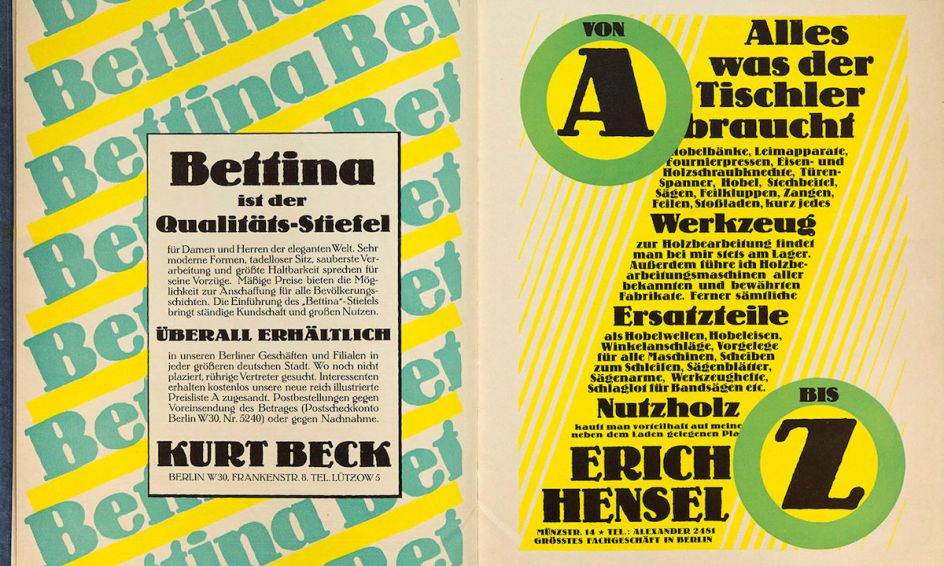
Berthold Type
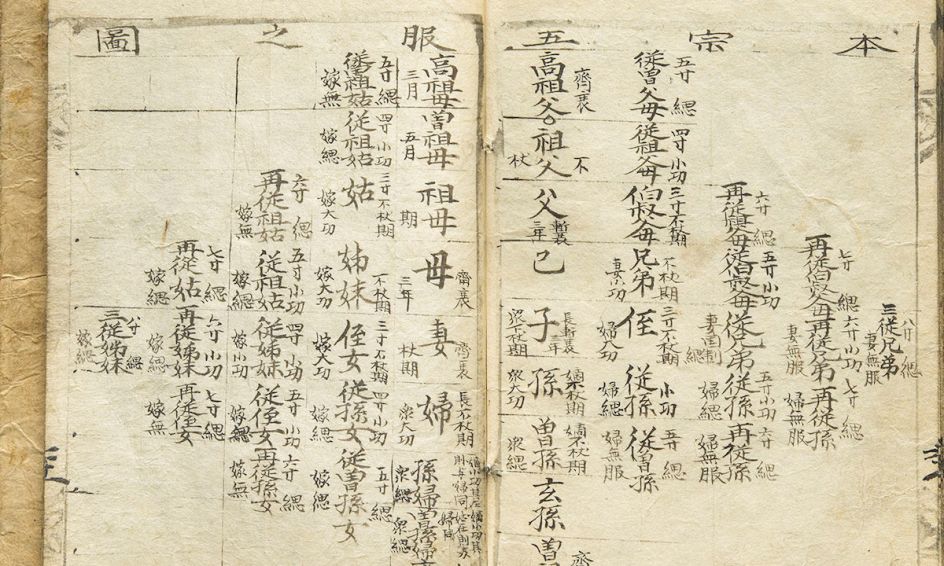
Family tree in Kanji
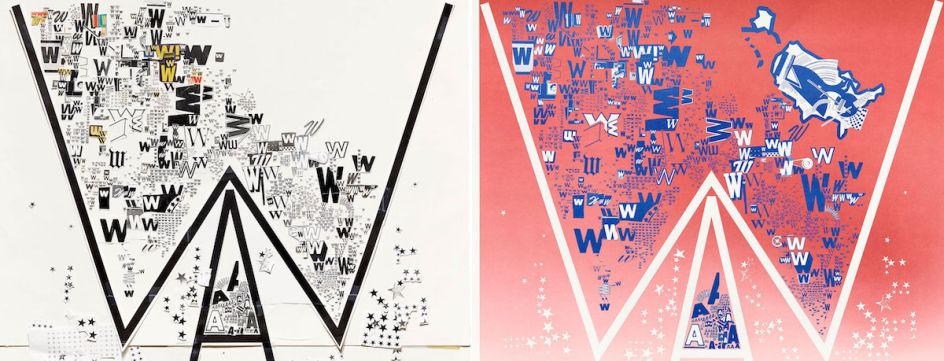
Venezky, Weird America
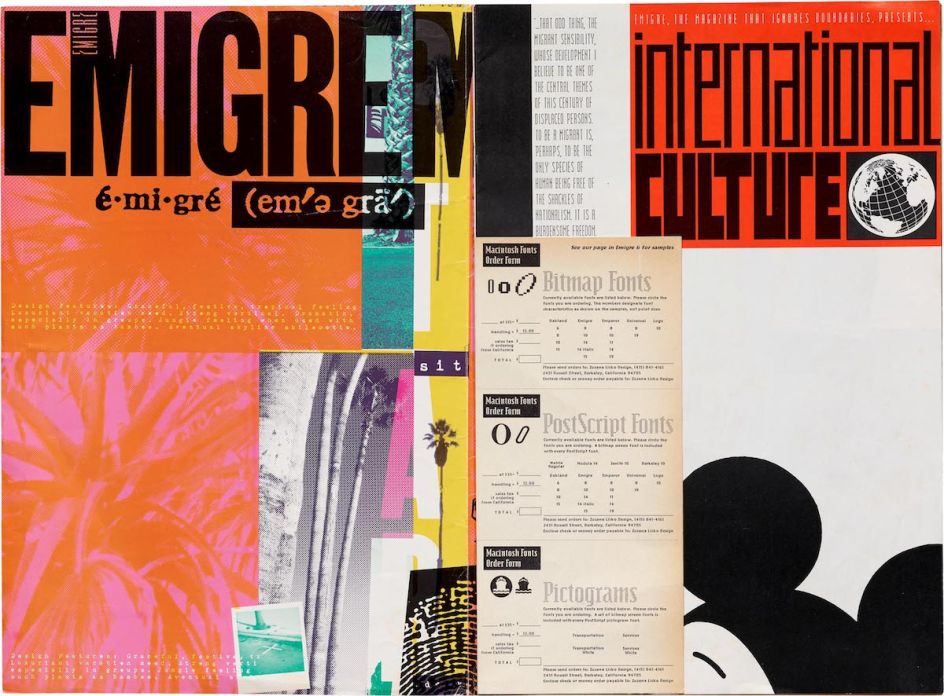
Emigre
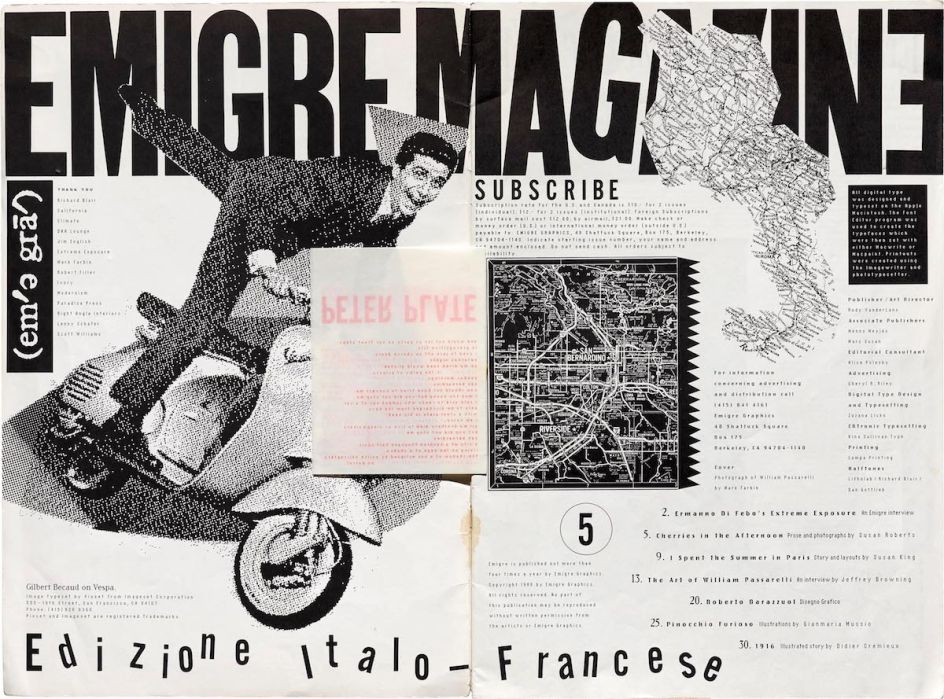
Emigre
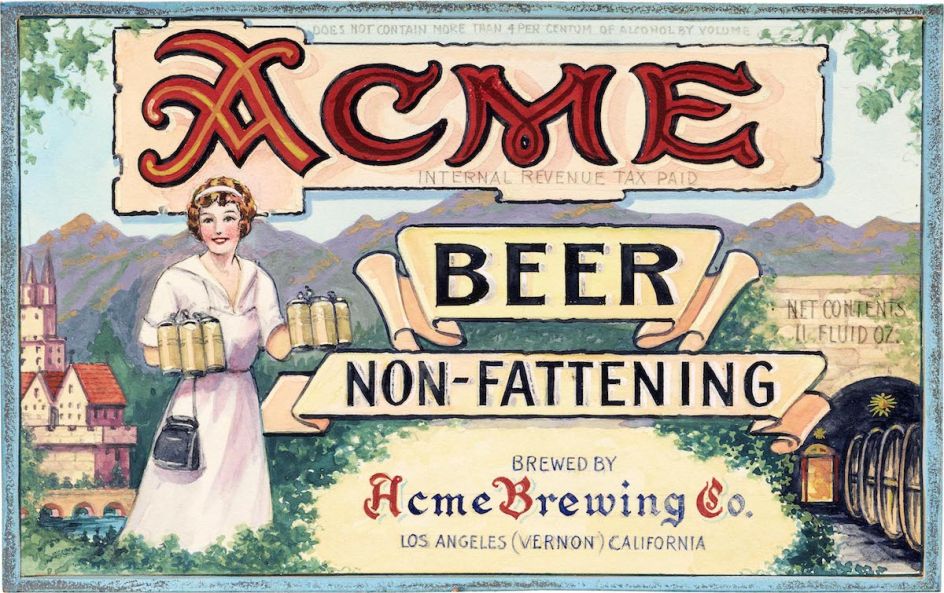
Lehmann
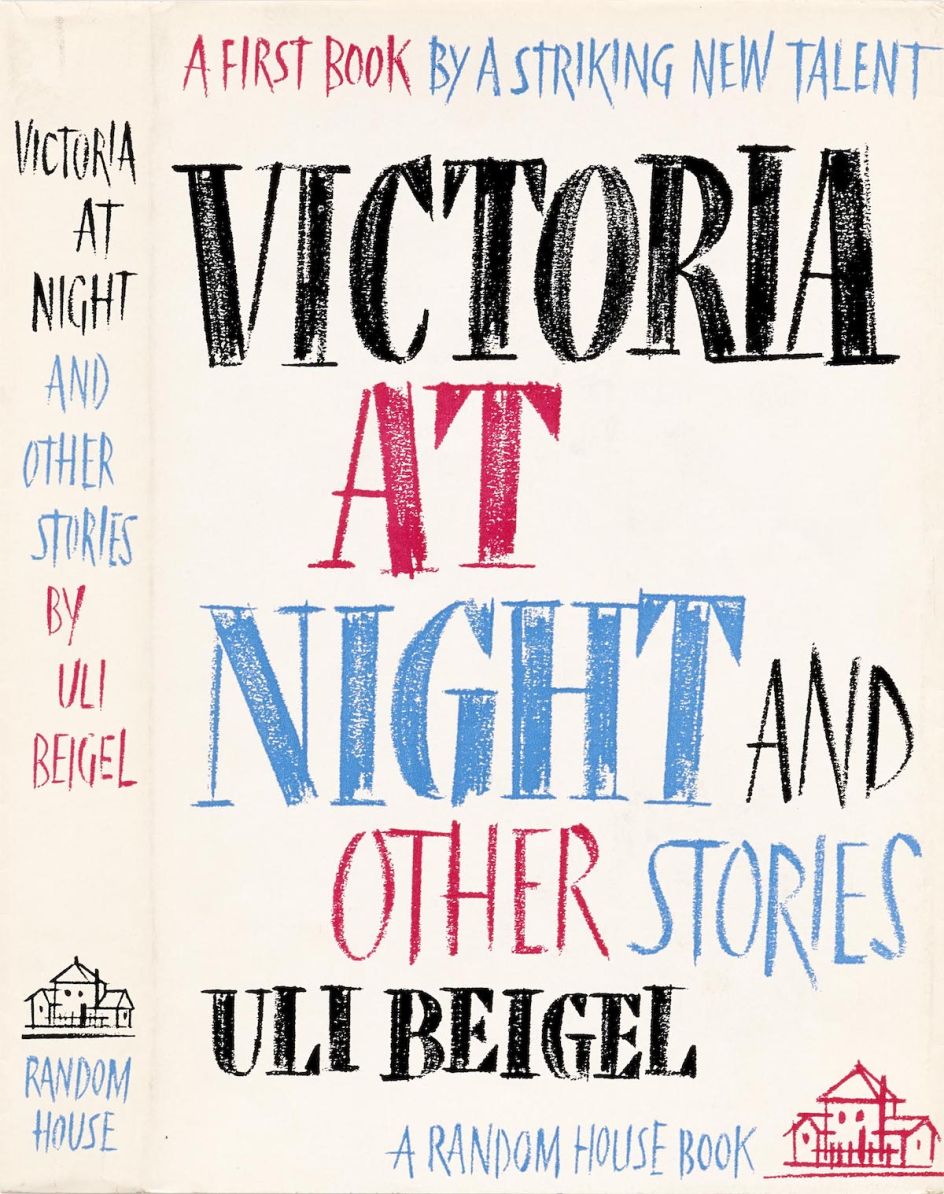
Lehmann
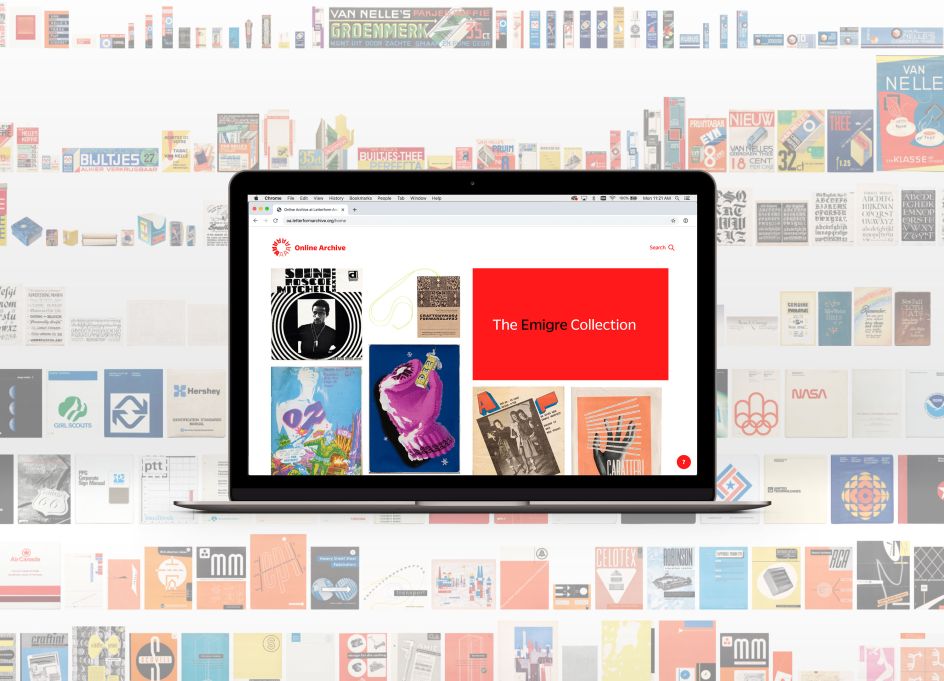




 by Tüpokompanii](https://www.creativeboom.com/upload/articles/58/58684538770fb5b428dc1882f7a732f153500153_732.jpg)


 using <a href="https://www.ohnotype.co/fonts/obviously" target="_blank">Obviously</a> by Oh No Type Co., Art Director, Brand & Creative—Spotify](https://www.creativeboom.com/upload/articles/6e/6ed31eddc26fa563f213fc76d6993dab9231ffe4_732.jpg)








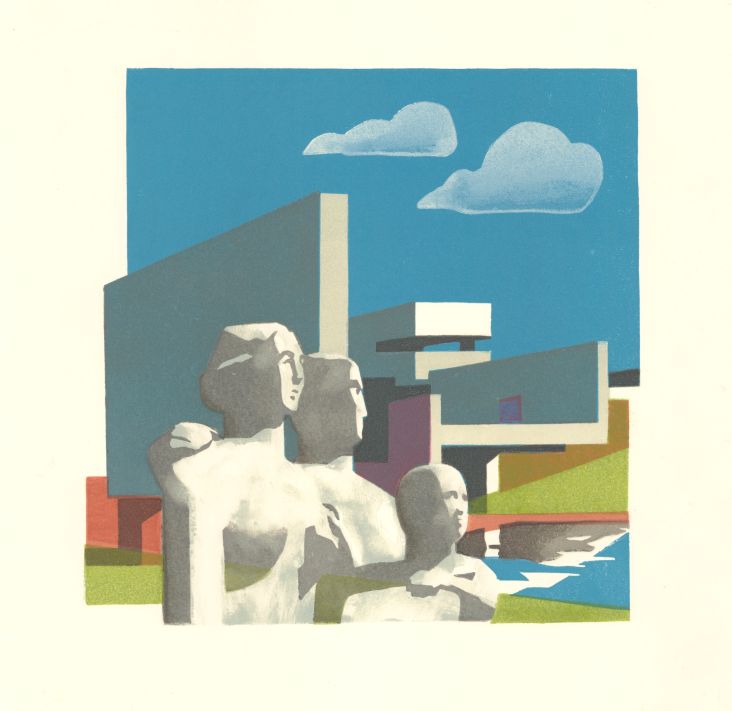
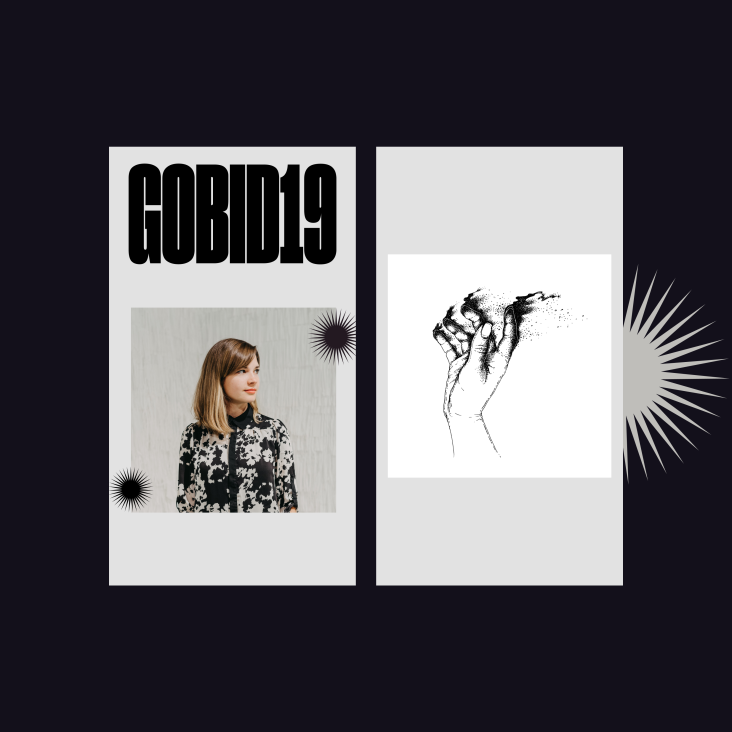
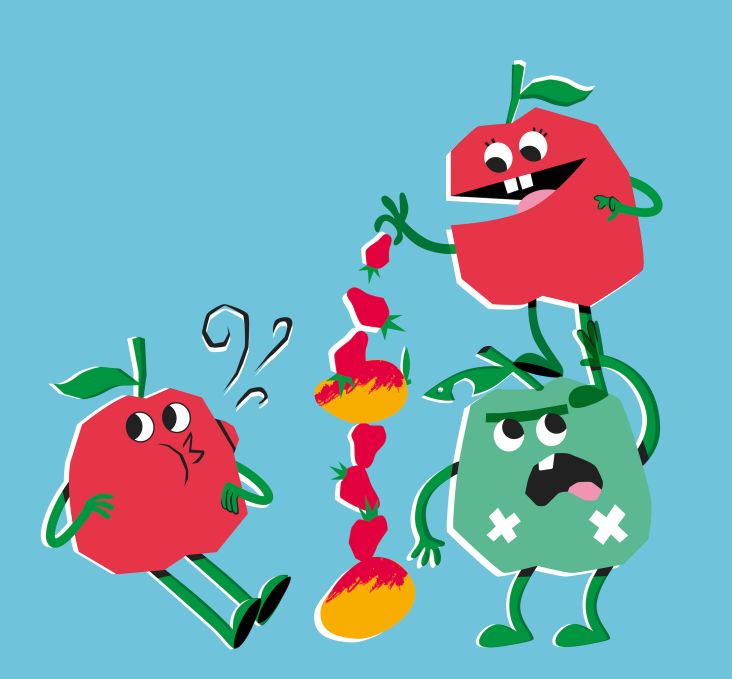
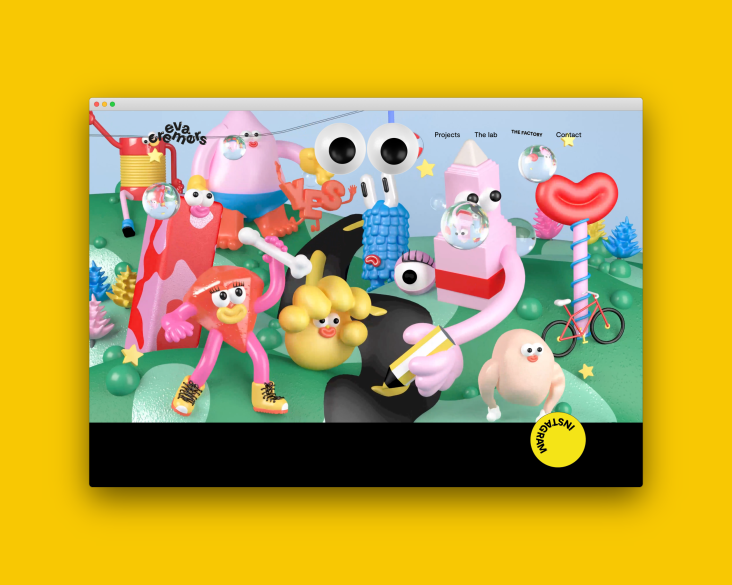
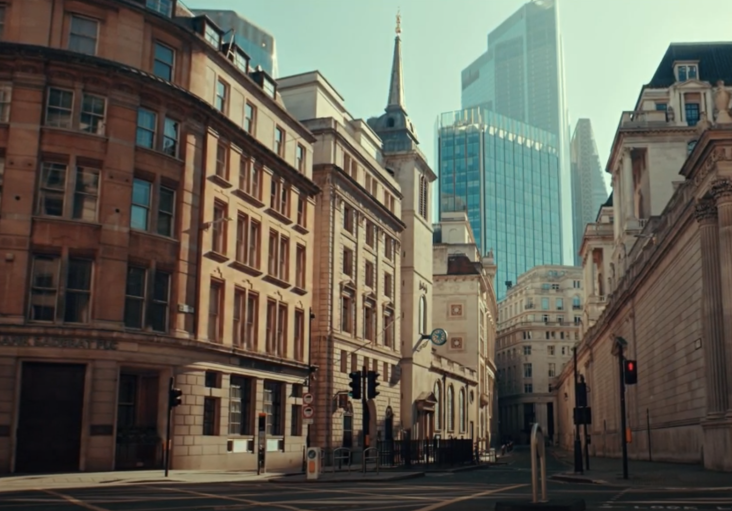
)](https://www.creativeboom.com/upload/articles/b2/b27d2b5f13b7297a705382f8c58b280c4dd7aab0_732.jpg)
